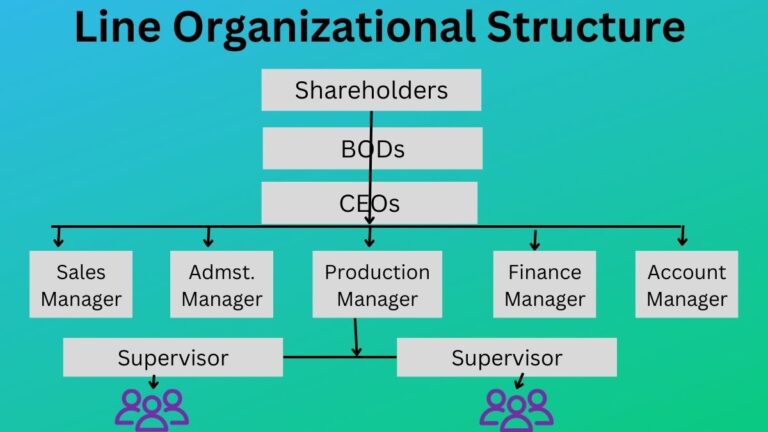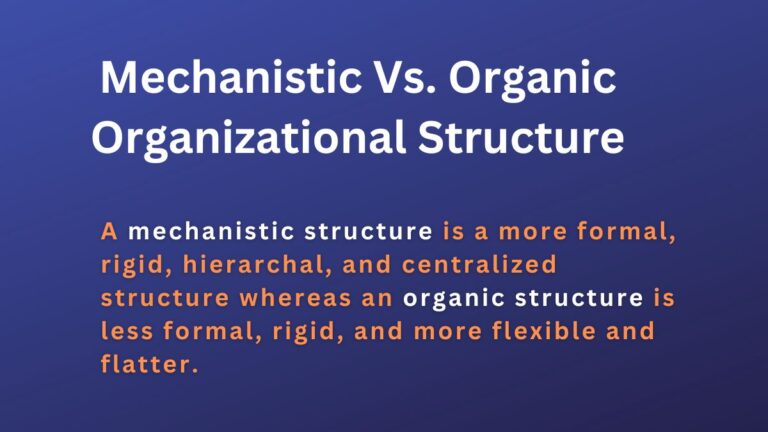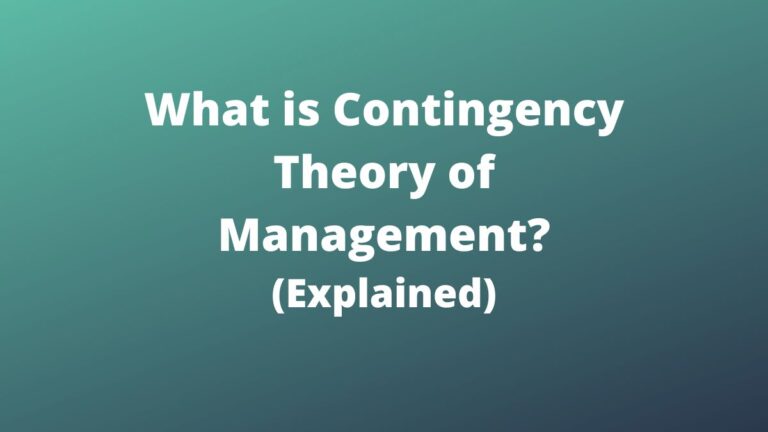9 Advantages and 8 Disadvantages of Group Decision-Making [Explained]
Advantages and Disadvantages of Group Decision Making
What are the pros and cons or advantages and disadvantages of group decision-making? A group decision is made of decision using the participatory method where a group of people discuss and select the optimum option.
Group decision-making has both negative and positive impacts on your firm’s performance. Some of the advantages and disadvantages of the group decision can be mentioned below.
Advantages of Group Decision-Making
Pros of group decision-making are:
More Information and Alternatives
It is obvious that when you make decisions in a group there certainly will be more information on a particular subject matter. As different ideas of group members come there are more than one alternatives solutions to a problem or situation.
Group members have more specialized knowledge and are able to provide more complete information about a situation than individuals. In a simple way, in a group decision process, there are more heads and more solutions.
Diversified Opinion
In group decision-making, diversity is also achieved. As the groups include more people having different backgrounds, knowledge, expertise, and education there comes diverse opinions regarding the issue.
The diversified team members may have unique and creative ideas which you can evaluate and select the one with a greater success rate.
Team Feelings
A group decision is the means to ensure the team works in the organization. It aims to create a team working environment and share ideas with each other independently.
Creative and High-Quality Decisions
As the saying goes, two heads are better than one head. It is believed that group decision provides more creative and high-quality decisions than individual decision-making.
Since each member of the group has their own areas of expertise and specialization the group tends to offer a better solution to the given situation.
The diverse knowledge further offers a unique solution to a problem. A group decision is considered more effective for non-programmed decisions and complex problems.
Related: Participative Management Style
Improved Communication
Communication is necessary to maintain the flow of information in the organization. The close connection between group members further ensures good communication in the workplace. When team members understand each other’s importance they certainly maintain a close connection between them.
Increased Acceptance
For a decision, alternative, or plan to be implemented and achieve desired results effectively it is crucial that the decision should be accepted by all the organization’s members.
A group decision is where the conclusion is drawn from a discussion of different group members. In the process, they present their different views, so, the conclusion also consists of a portion of different views. The diversity in the decision helps to increase acceptance.
Effective Implementation
Implementation is as important as making the right decision. In the group decision process, group members i.e. employees’ views are considered to feel a part of the decision which is a great motivation factor.
As employees are motivated and accept the decision they are more likely to invest their best effort when implementing the alternative. And, it increases the chances of effectively achieving the desired goals.
Improves the Decision-Making Capacity of Employees
When employees participate in a group decision-making process they know the new way of doing the same things, understand the different subject matter, learn to analyze different alternatives, and finally make their decision-making capacity more decisive.
Ensures Inclusive Workplace
An inclusive workplace is where you find the differences between employees in knowledge, culture, experience, skills, and attitudes that are valued equally. Group decision culture has a significant positive impact on developing inclusivity in the workplace.
Disadvantages of Group Decision Making
Cons of group decision-making are:
Chances of Conflict
Conflict is common among many people. When a group of people comes together to discuss their diversified opinions also creates conflicts with the diversified solutions.
Related: What is Organizational Conflict?
Conflict may arise when two group members’ idea clashes, or more members but the chances of arising conflict in a group decision is very high.
Time-Consuming
Taking more time to come to a solution is common in group discussions. Each member of the group should accept the conclusion made because there are too many possibilities to examine and each member’s unique and creative thoughts lead to an overabundance of options that must all be properly considered.
Expensive Approach
From the perspective of time, money, and effort group decision-making is an expensive approach. Although it produces better alternatives, many small organizations are not able to have a group of experts who might further develop more competitive solutions.
Ambiguous Responsibility
Ambiguity in responsibility is also one of the cons of group decision-making. Since there are many members in the groups the task complexity, who will be accountable if anything happens, and an individual’s responsibility is unclear.
Domination of One Person
Group decision means when collectively group members present their ideas and all’s ideas are valued equally. But that is not the case always, there can be one authoritative person who might overuse his power and dominate the other group members.
Related: What is Decision-Making Process?
Pressure To Conform
For the sake of agreement, some group members might just accept what the others say as fact. This is frequently brought on by social pressure to change and avoid standing out.
Additionally, personality conflicts may lead to interpersonal difficulties and reduce the method’s effectiveness due to the quality of the choice.
Individual Expertise and Specialization Might Be Ignored
Since group decision follows the process of making decisions with the group consensus it ignores the individual member’s expertise and specialization. Sometimes a single member may have a better solution than all the other members but if they follow the majority the right decision will be underestimated.
Groupthink
Groupthink and group decisions often cause confusion to us. Groupthink is a phenomenon where a false decision is accepted by many members of the group which results in a poor decision.
Groupthink occurs under pressure to make a decision faster and might lead to poor discussion and unrealistic decisions and can be disastrous for your business.
Hence, these are the 9 advantages and 8 disadvantages of group decision-making.
Read Next: Techniques of Group Decisions
Sajan Kushmi is a content writer with more than 4 years of experience. He holds BIM Degree. He write on the topics related to Management, Marketing, and Entrepreneurship.






